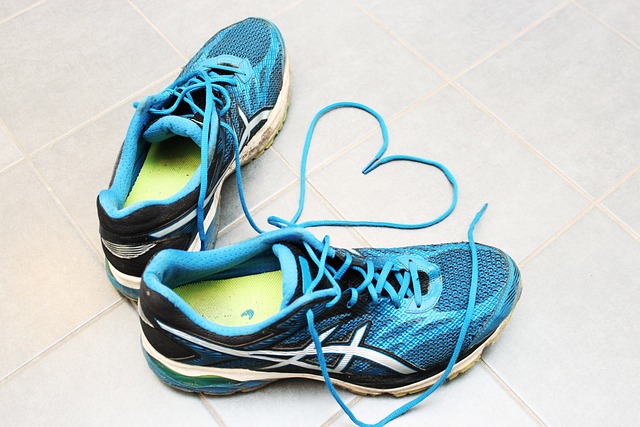Running shoes are your most important piece of equipment and it’s essential to find a shoe that fits you correctly for the task at hand. Today’s guest will help you sift through everything you need to know to choose the perfect running shoe for you!
Running shoe technology has evolved dramatically in recent years. More than ever, it’s easy to be overwhelmed by all the possible options. Add the arrival of carbon-plated “super shoes” and choosing a shoe becomes even more confusing.
Despite the advances in technology, there never will be one perfect shoe that is best for everyone. Running shoes are a tool and different types of shoes have their place depending on your run requirements, whether it’s road or trail, recovery or workout, or a long run.
Despite all the science, shoe choice ultimately comes down to something remarkably simple: comfort. Even with volumes of research on shoe type and injury prevention, there is still no specific biomechanical correlation between what feels good and will keep you from getting injured.
How to Choose Running Shoes with Dr. Matthew Klein
On the podcast today is Dr. Matthew Klein, a professor of Physical Therapy at West Coast University Center for Graduate Studies who specializes in orthopedic, geriatric, and sports rehabilitation. Matt has been running for over a decade and was an accomplished Division III runner as the 2012 NWC 10,000m champion.
Matt’s love for running led him to specialize in treating runners of all ages and abilities. He is also the founder of Doctors of Running, which provides detailed running shoe reviews. When it comes to figuring out what to put on your feet, Matt is an incredible resource.
While Matt and I begin by talking about running shoe options, we also touch on a lot of concepts that are broadly applicable to everyone’s running. Our discussion includes:
- Why there is no perfect shoe for everyone
- How beginners and experienced runners may vary in their shoe selection criteria
- The importance of viewing your shoe as a tool
- Shoe characteristics to consider for recovery runs, workouts and long runs
- How we are evolving from the idea of “motion control” shoes to “stable neutral” shoes
- The importance of allowing your body time to adapt, especially to more minimal footwear
Don’t be intimidated by all the various running shoe options. Matt will help make your next decision an easier one!
Subscribe to the podcast in Apple Podcasts, Spotify, Stitcher, iHeartRadio, or Google Play.
Links & Resources from the Show:
- Follow Matt and Doctors of Running on Instagram
- Watch Doctors of Running on YouTube
- Visit the Doctors of Running Website
- Listen to the Doctors of Running Podcast
- Connect with Matt and Doctors of Running on LinkedIn
- Get stronger with Strength Running!
Thank you BetterHelp!
Thank you to our newest sponsor, BetterHelp. BetterHelp is the world’s largest therapy service, and it’s 100% online. I’ve been speaking more openly recently about my own mental health struggles last year as I went through a divorce. And while running was certainly an outlet, it could never replace actual therapy to help me process everything I was going through at the time.
If you’re struggling with any kind of mental health issue right now, it’s certainly impacting your running and I want you to be as healthy as possible – both physically and mentally. Improving your mindset is a powerful lever to pull to improve your relationship with running.
With BetterHelp, you can message your therapist at any time, schedule live sessions when it’s convenient for you (or use text), and change your therapist at no extra charge.
Improve your mental skills – and make running more manageable – with BetterHelp. Get 10% off your first month here at BetterHelp.
Thank you MOBO Board!
Invented by renowned physical therapist Jay Dicharry, MOBO helps you stabilize your stance with an innovative rocker board that’s set up on two fins. The design effectively forces you to drive your big toe into the bboard to improve your stability. I was pretty arrogant going into my first session on the MOBO Board. How hard can it be to balance, right? Well, I was humbled pretty quickly!
Even if you’re a good runner, better balance, stability, and proprioception is going to help you have a more powerful stride and prevent more running injuries. You’ll learn how to improve the efficiency of the kinetic chain from your hip to your big toe. Because as Jay likes to say, it’s not just how strong you are, but how well you use that strength.
I was just at a weekend physical therapy workshop (lol I was the only running coach) and learned how important (and rare) this simple movement is. Save 10% with code STRENGTHRUN10 at checkout at moboboard.com.
